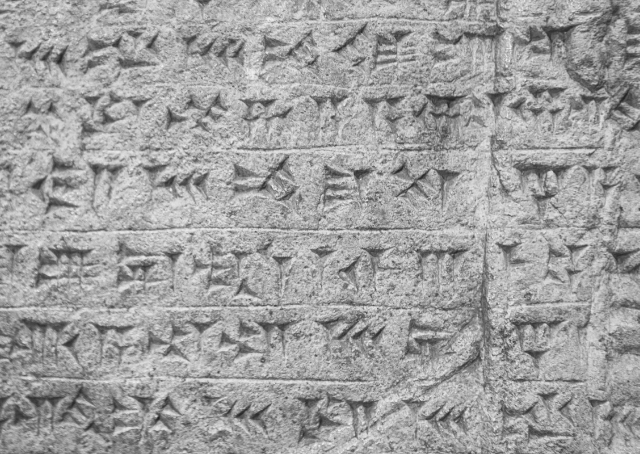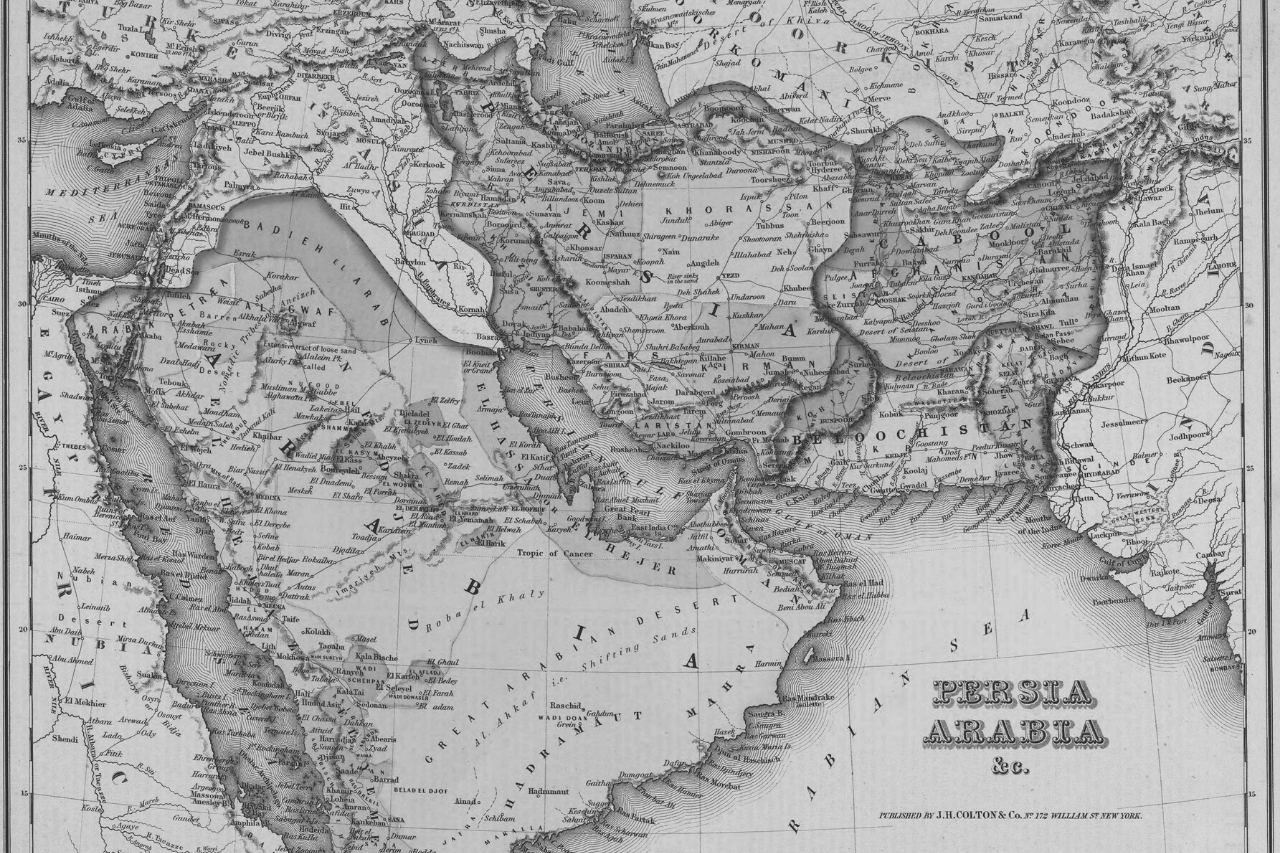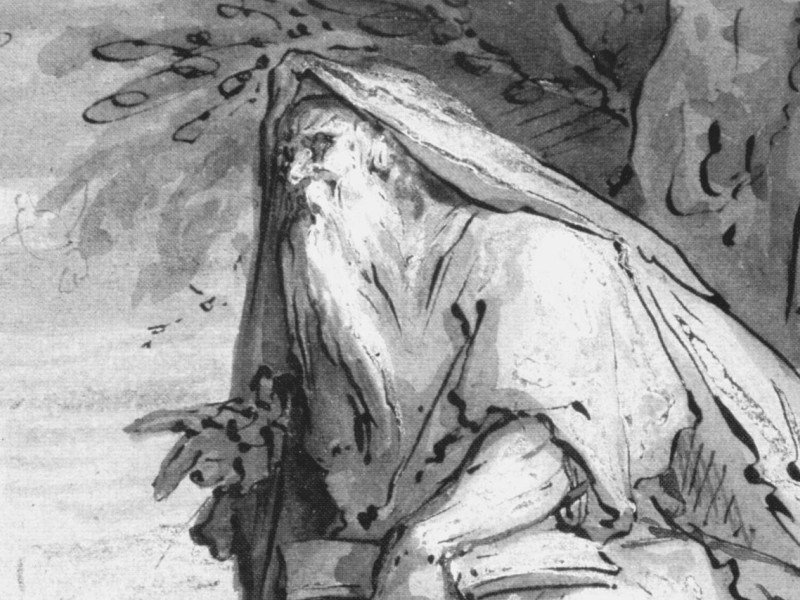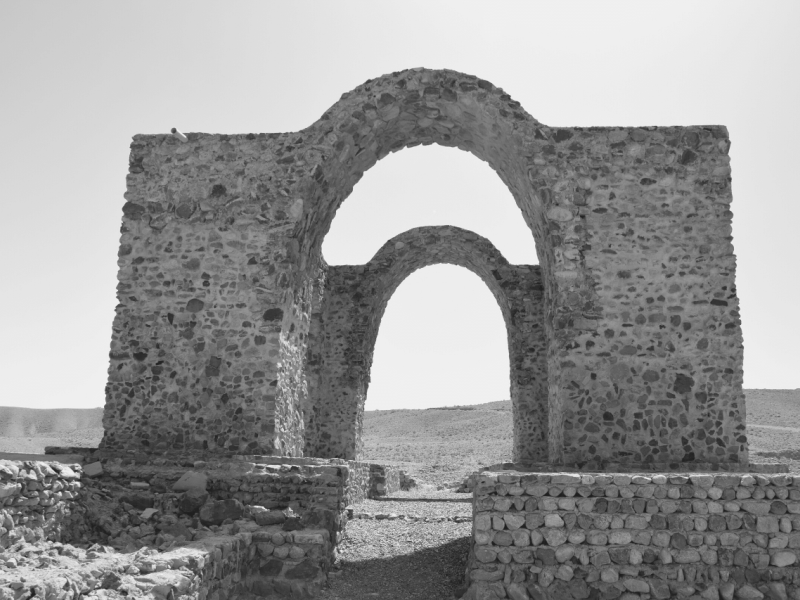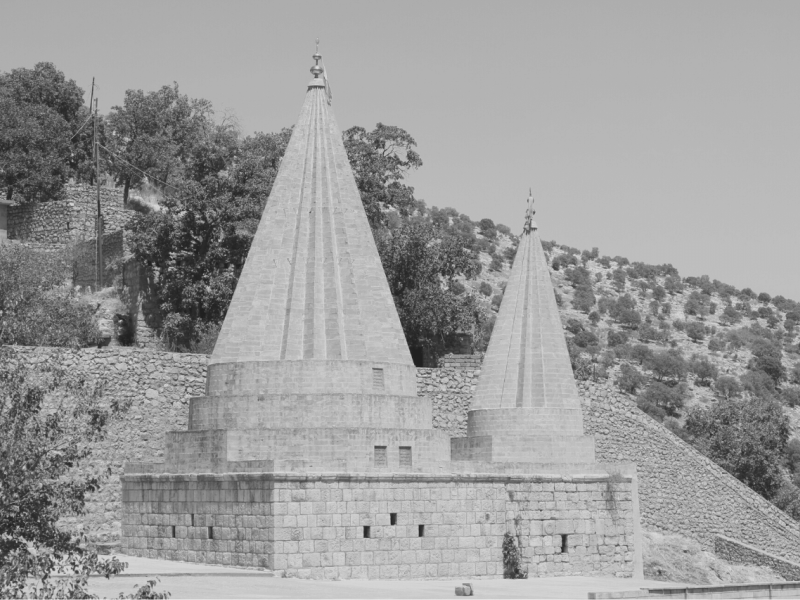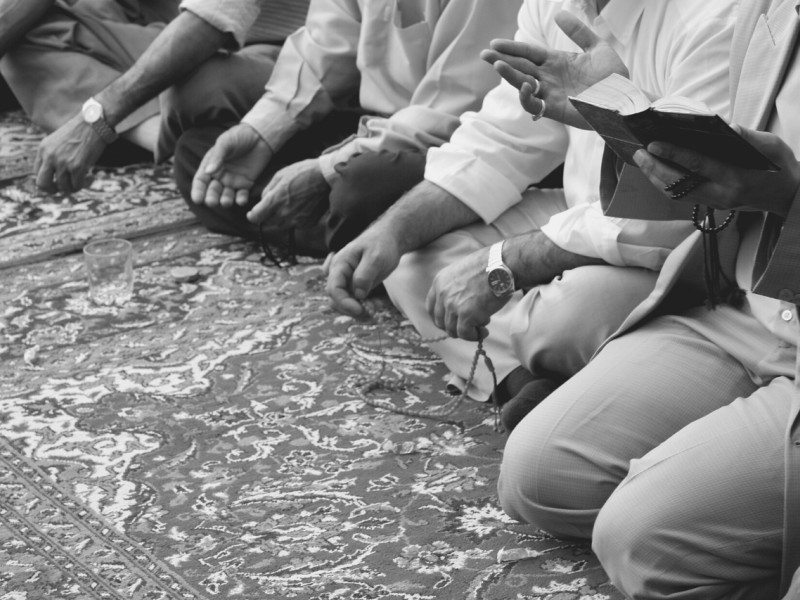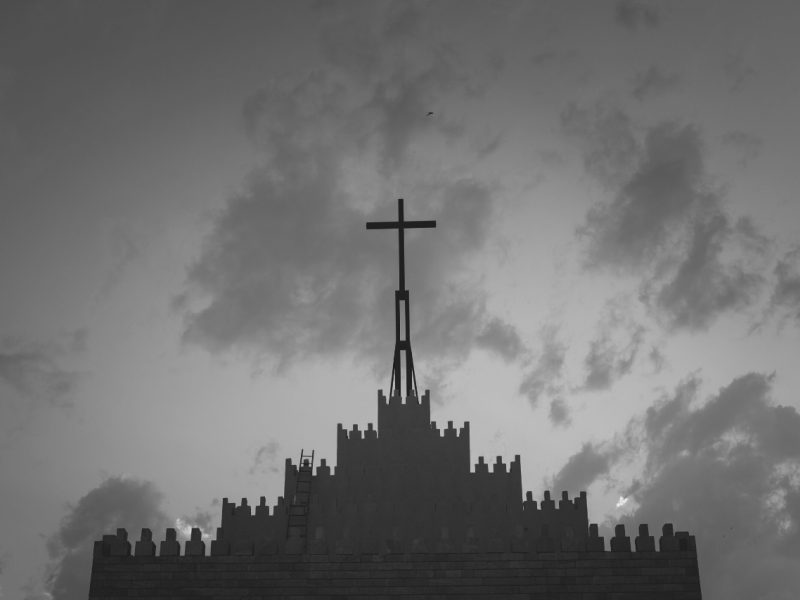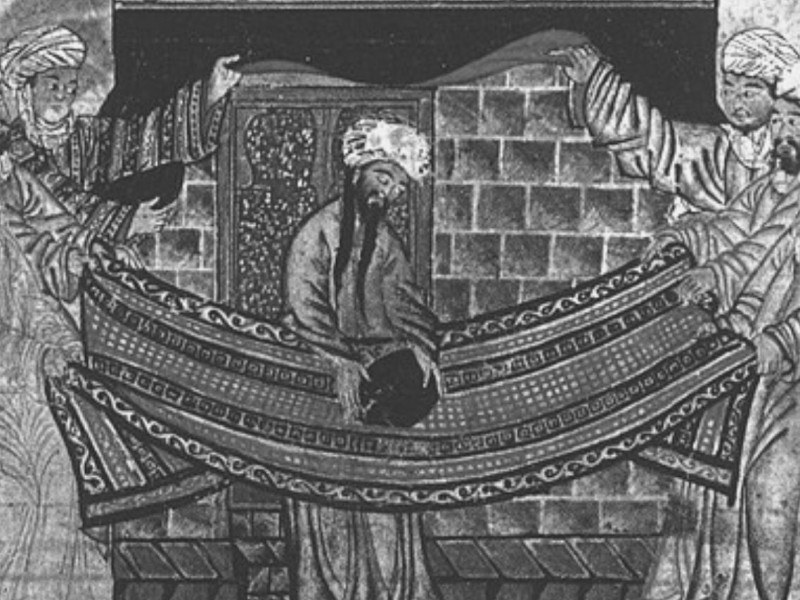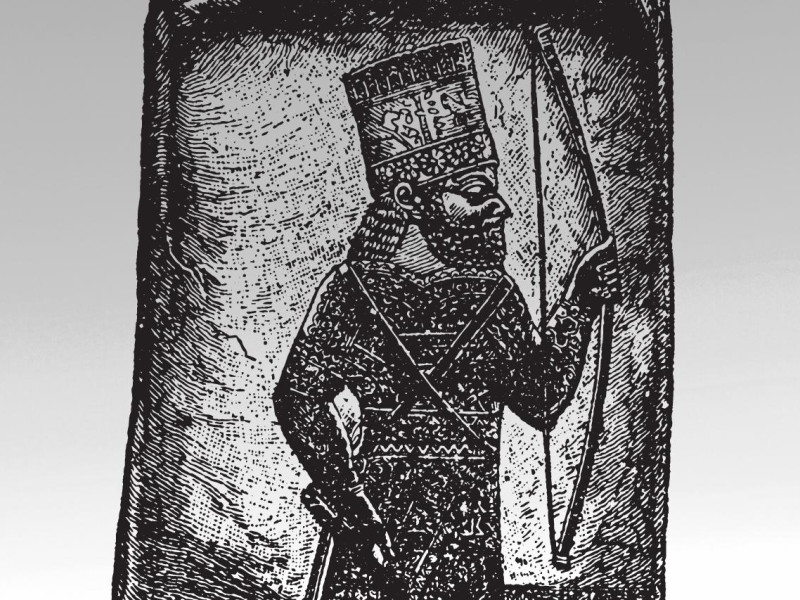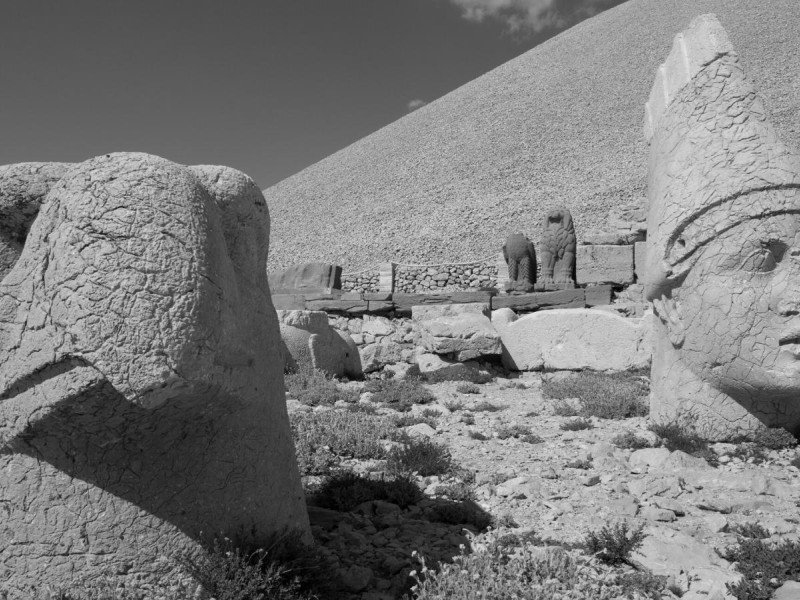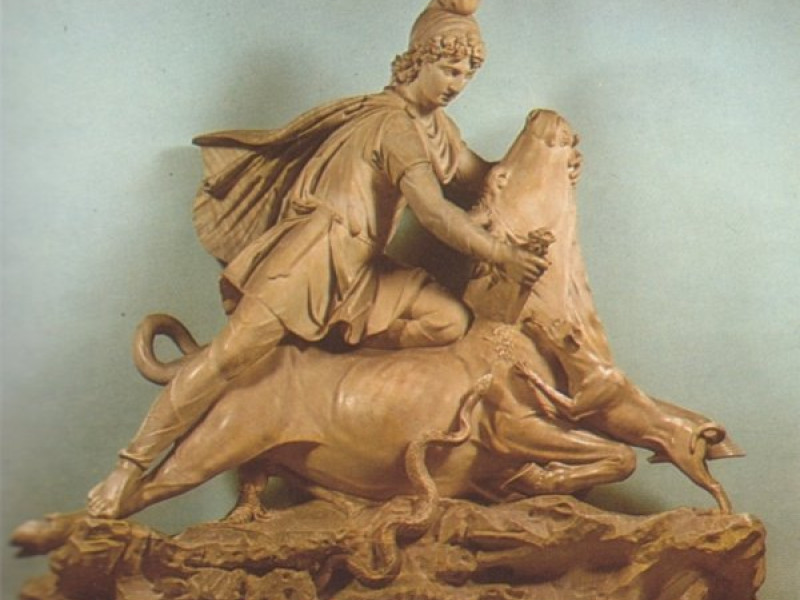Mandeans: Ancient Mesopotamian Religious Group
Mandeans are an ancient religious group that first lived in southern Mesopotamia more than 2,000 years ago. Their rituals vaguely resemble Zoroastrian and Nestorian beliefs. However, their central prophet is John the Baptist.
They believe that flowing water is the creative life force and the way to purity. Their religion is called Mandaeism and is based on a monotheistic and gnostic faith. Gnostic is the belief that stresses the importance of salvation.
Mandaeans do not simply have blind faith, they believe in knowledge. Mandeans are known as the only Gnostic community to have survived to this day. It has similarities with religions such as Zoroastrianism, Christianity, and Islam.
Since the attack on their homeland by the Islamic militants in 2003, fewer than 5,000 Mandeans remain in Iraq.
Who are Mandeans?
For many people, the Mandeans were a distinct ethnic group who didn’t practice proselytism or accept conversion from outsiders. There are a few things certain about Mandeans. The first is that they are anti-Jewish and think circumcision is the worst impurity. They believe that Jews and their Gods are the villains. The enemies of the Jews, the Egyptians, were their ancestors.
Mandeans are considered part of the indigenous people of Iraq. They were originally a community of boat builders and silversmiths who lived in Baghdad marshes along the rivers. Now, they have also participated in modern occupations and trade.
The Mandean population has decreased dramatically over the last decade. During the first World War, Mandaeans lived in rural areas of Iraq and Iran. However, due to increasing Arab nationalism, many Mandeans were “Arabised”. They were also forced to abandon their religion and culture or risk persecution.
Before the war, the Mandean community mostly lived in Baghdad although there are also a few that lived across the border in the cities of Ahvaz and Khorramshahr. After the Iraq War of 2003, the Mandean community which consisted of 60,000 – 70,000 people collapsed.
They were displaced and relocated to Iran, Syria, and Jordan. Some of them have also immigrated to the United States, Europe, and Australia. In Sweden, there’s a community of Mandeans that live in peace and enjoy freedom in practicing their faith.
Origins
Mandeans’ origins are traced to pre-Islamic Iraq in the first three centuries AD. Their origin is still highly conjectural. Historians have emphasized the Babylonian elements in Mandean texts as well as the use of the Iranian calendar and words in the Mandaic language. This prompted various scholars to argue that Mandeanism might have originated in southwestern Mesopotamia during pre-Christian times.
Scholars have also linked Mandeans to the Jewish group of Nasoraeans. Others think they have a Syro-Palestinian origin based on their historical document the Haran Gawaita which talks about their exodus from Palestine to Mesopotamia in the 1st century.
The word ‘Mandean’ is believed to have come from the Aramaic word manda which means “knowledge”. Many historians believe that Mandeans are the only surviving sect from late antiquity to identify themselves as gnostics. People in the Middle East call Mandeans, Subba which is an Aramaic root word related to baptism. They are also sometimes called “Christians of Saint John.”
Many scholars also believe that Mandeans are part of the Sabean religion mentioned in the Qur’an. According to the religious book, Mandeans along with Christians and Majus shouldn’t face persecution for their beliefs. However, the Mandean community has been ostracized and accused of pagan beliefs due to their worship of stars.
The Mandeans were first discovered by the West in 1290 through the Italian monk named Montecroce. During the 1200s, monks traveled in Palestine, Mesopotamia, and Turkey to spread religion for Pope Nicholas IV. Montecroce met with the Mandeans when he passed by the desert area in Baghdad.
Montecroce described Mandeans as a group of people that were not Muslims, Christians, or Jews. They also had a unique form of fate and venerated John the Baptist while being antagonistic towards Abraham and Jesus. They hated the practice of circumcision and practiced water rituals. Their priests had distinct religious attires and carried with them beautiful books. They also had wives to whom they were faithful. Montecroce said it was the strangest group of people he encountered in the East.
Mandean Religion and Beliefs
Mandaeism is the primary religion of the Mandaeans. It was once a popular religion practiced around the nearby villages in the Euphrates and Tigris River Valley. Many scholars believe that Mandeanism is most likely a splinter group of southern Mesopotamian Christian Gnosticism which originated in the late second century.
Mandaeans revered John the Baptist as one of their most important prophets. They claim that he was a Mandaean along with the Old Testament prophets Adam, Abel, Seth, and Enoch. In the Mandean faith, Jesus Christ was considered a deceiver.
It’s evident that Mandeans are anti-Christian and anti-Jewish. Mandean beliefs center on the deliverance of the soul at the cosmological day of judgment. Upon death, they believe that the soul ascends to the Light World and to the presence of the “Great Life.”
The ordinances, signing names which they receive, as well as the good deeds of the Mandaeans, are requisite to get past the watch-houses of the demons as their souls make the journey through the cosmos. This knowledge is provided to Mandaean initiates through a series of ordinances by their established priesthood.
Mandaeanism is both a monotheistic and gnostic faith with beliefs in dualistic cosmology. Mandean’s holy book is called the “Divan of High Revelation”. They also have a collection of theology and prayers which is called the Genza Rabba or Ginza.
Other important books in the Mandean religion are the Qolasta and the drasa d -iahial, the book of John the Baptist which includes a dialogue between him and Jesus. Their literature is vast and covers topics such as eschatology, God, and the afterlife. Aside from texts, the Mandeans also have ritual commentaries which are done by the members of the priesthood.
Cosmology
Mandeans don’t have a single account of the creation of the cosmos. What they have is a series of accounts that scholars believe reveal their diverse religious influences. This also shows how the Mandean religion evolved over time.
But like other dualistic theology in Iran, they have the concept of light and darkness.
Mandeans also believe in the salvation of the soul through esoteric knowledge of its divine origins. The Mandean God is called the Hayyi Rabbi “The Great Living God”. He is also called in other names such as Mare d’Rabuta “Lord of Greatness”, and Melka d’Nhura “King of Light”.
The world of darkness lies to the south while the world of light is found in the north. The world of darkness has chaos as its origin. They believe that the lord of darkness called Ptahil created wicked creatures that reside in the land of dark water.
Mandeans believe that the soul is an exile. His origin is the supreme entity where he returns. Savoir spirits usually assist the soul on his journey through life and after it. The purpose of life according to Mandeans is to deliver the soul and spirits from the world of darkness.
Mandeans also have a concept that is similar to heaven and hell. If a person lived a sinful life and committed a mortal sin, he goes straight to hell. Mandean salvation is a combination of biblical lore and theory of the four ages of the world. Mandeans believe they are descendants of the “pure seed” of Adam.
Prophets
Mandeans revere Adam, Abel, Seth, Noah, Shem, Enos, and John the Baptist as their most honorable messenger. They believe that Jesus, Moses, Abraham, and Muhammad are false prophets. Mandeans are believed to have been descendants of John the Baptist and would often call themselves “Subba” which literally means “baptizers”. They have a set of religious creeds and doctrines that are different from Christianity and are more linked to Zoroastrianism and Mazdakism. Mandeans believe that the first man is Adam. Adam, Eve, and their offspring Shitil, Hilib, and Anosh are all celestial figures who set the beginning of humankind.
The oldest name found in Mandeans' holy books is Zazai. In Haran Gauaita, Zazai was the first of the seven Mandean king-archers who destroyed Judaism. He was appointed by Anus Utra, a Mandean revealed, to become the Mandean king in Baghdad before he ascended to heaven. Based on this record, it appears that Zazai might be the historical founder of Mandaeism.
Social Structure and Beliefs
Mandeans have a social hierarchy that consists of the king or Malki, the people or reesh amma, and the priests or ganzebra and termithy. This a very strict hierarchy that’s similar to a caste system. There are three levels of priesthood in Mandaeism: the tarmidia, the ganzibria, and the risamma.
Like the Christians and Manicheans, Mandeans have their own temples and rituals. They acknowledge 17 deadly sins and believe salvation can be achieved through knowledge of truth and worship.
Baptism is an important ritual in the Mandean faith. It is considered one of their cultic rituals. Baptism is performed in running water and believed to have healing and divining properties. This is also the reason why many Mandean temples are built next to rivers. Most temples also have a pool in their courtyard. Unlike Christian baptism which is only done once, Mandeans can be baptized more than once in their lives. It is considered an act of purification and repentance of sins.
The most important ordinances are baptism and mass. Priests are dressed in special white garments similar to those worn by the Levite priests. Baptisms take place every Sunday. The ordinance includes prayers, triple self-immersion, triple immersion by the priest, triple signing of the forehead with water, triple drinking of water, investiture with a myrtle-wreath, blessing by the priest laying his right hand on the head of the initiate, prayers, hymns, and formulas.
The purpose of the baptism is to make contact with the healing powers of the world of light and to purify believers from ritual and moral sins. Without it, there is no hope of ascending to the Great Life.
Mandeans, unlike other gnostic systems, believe in marriage and procreation which are very important in leading an ethical and moral lifestyle. They are against premarital sex and place a high priority upon family life. They do not practice celibacy or asceticism. Like Muslims, Mandeans also avoid alcohol and red meat. They also own more mostly white clothes and wear a darfash, a Mandean cross with cloth hanging off it as a symbol of their faith.
Mandeans are extreme pacifists. Their religion doesn’t allow them to kill or use weapons against another person under any circumstance. Because of this, they have become easy targets of violent Muslims who wanted to expand Islam in Mesopotamia in the 7th century.
Language
Mandeans had a Semitic language which is called Mandaic. It’s believed to have evolved from Eastern Middle Aramaic. It’s written in a cursive variant of the Parthian chancer script. However, the majority of Mandean laypeople do not speak this language. Only a few of around 300-500 Mandeans today continue to speak a modern version of this language.
Mandean language was soon replaced by Iraqi Arabic and Modern Persian. Their religious scriptures are written in an East Syrian dialect. Most of their religious texts are secretive and can be hard to interpret by anyone outside the religion. Mandeans also had their own alphabet which scholars found to be closely related to the inscriptions of Elymais and coins of Characene.
Mandean Persecutions
Mandeans have suffered greatly under the rule of Saddam Hussein. His regime started the brutal crackdown on the southern marshes, forcing Mandeans to leave their country and abandon their way of life for survival. He accused them of witchcraft and paganism.
Since the year 2003, reports on violence against the Mandeans would grow. Mandean females were targeted for not covering their faces. There were also reports of rape and murder by Islamic extremists who kidnapped Mandean women.
Mandeans who continued to live in Baghdad were falsely accused and charged with crimes such as theft and murder. The Mandean community continually suffered different intimidation tactics by both the Shi’a and Sunni Islamic militants. They would regularly pressure the Mandean community members to leave Iraq. Mandean persecutions in Iraq and Iran have caused almost all of the population to leave and abandon their culture.
From the 60,000 Mandeans that lived in Iraq in the early 1990s, only around 5,000 remain. After the diaspora, Mandeans remained intensely private and would never talk or practice their religion with outsiders. Their scattered community also prevented them from retaining their rituals. In 2006, UNESCO listed the Mandean language as one of the World’s Languages in Danger of Disappearing.
Summary
Mandeans are an ancient religious group that first lived in southern Mesopotamia more than 2,000 years ago.
Mandeans are considered part of the indigenous people of Iraq. They were originally a community of boat builders and silversmiths who reside in Baghdad marshes along the rivers.
After the Iraq War of 2003, the Mandean community which consisted of 60,000 – 70,000 people collapsed.
The Mandeans were first discovered by the West in 1290 through the Italian monk named Montecroce. During the 1200s, monks traveled in Palestine, Mesopotamia, and Turkey to spread religion for Pope Nicholas IV. Montecroce met with the Mandeans when he passed by the desert area in Baghdad.
Mandaeism is the primary religion of the Mandaeans. It was once a popular religion practiced around the nearby villages in the Euphrates and Tigris River Valley.
Mandean salvation is a combination of biblical lore and theory of the four ages of the world. Mandeans believe they are descendants of the “pure seed” of Adam.
Mandaeism is both a monotheistic and gnostic faith with beliefs in dualistic cosmology. Mandean’s holy book is called the “Divan of High Revelation”. They also have a collection of theology and prayers which is called the Genza Rabba or Ginz
Mandeans revere Adam, Abel, Seth, Noah, Shem, Enos, and John the Baptist as their most honorable messenger. They believe that Jesus, Moses, Abraham, and Muhammad are false prophets.
The Mandean community continually suffered different intimidation tactics by both the Shi’a and Sunni Islamic militants.
Mandeans are extreme pacifists. Their religion doesn’t allow them to kill or use weapons against another person under any circumstance. Because of this, they have become easy targets of violent Muslims who wanted to expand Islam in Mesopotamia in the 7th century.
From the 60,000 Mandeans that lived in Iraq in the early 1990s, only around 5,000 remain. After the diaspora, Mandeans remained intensely private and would never talk or practice their religion with outsiders.

